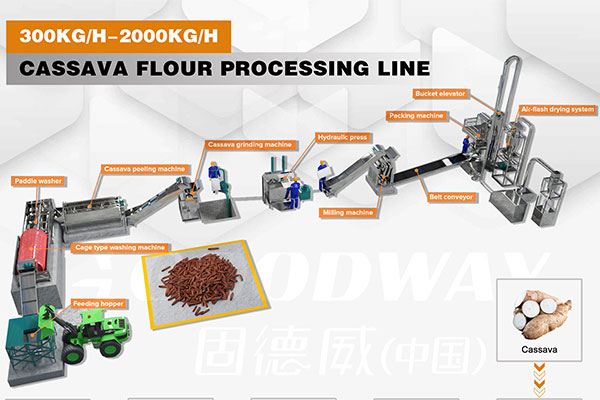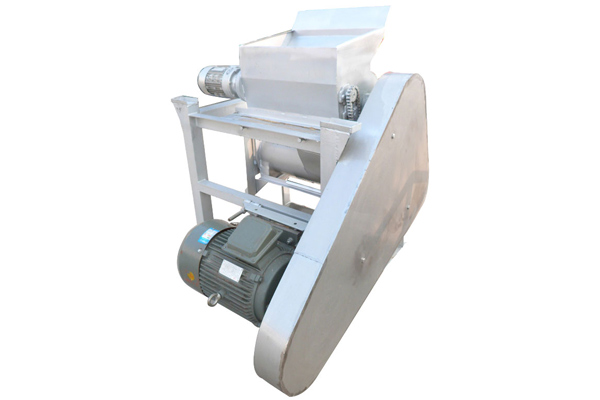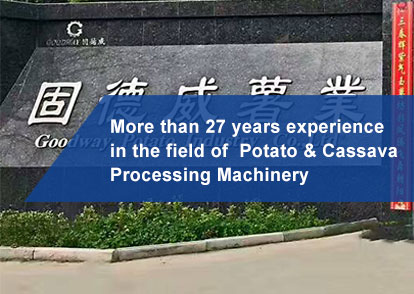The biggest concern for starch processing enterprises is the potential downtime and equipment failure. Both raw materials and production schedules are time-sensitive, and any delays result in financial losses. Is there a solution that can ensure normal production efficiency while also reducing the costs associated with equipment maintenance and repairs?
Starch Processing Capacity Expansion
The production capacity of starch processing equipment should be slightly greater than the actual processing volume, with a light equipment load, effectively alleviating the throughput pressure on the equipment.
If the production capacity is excessive, the equipment will bear the load, leading to excessive wear and tear, shortened service life, and higher failure rate; if the production capacity is too small, the equipment will idle for a long time, resulting in waste of resources.
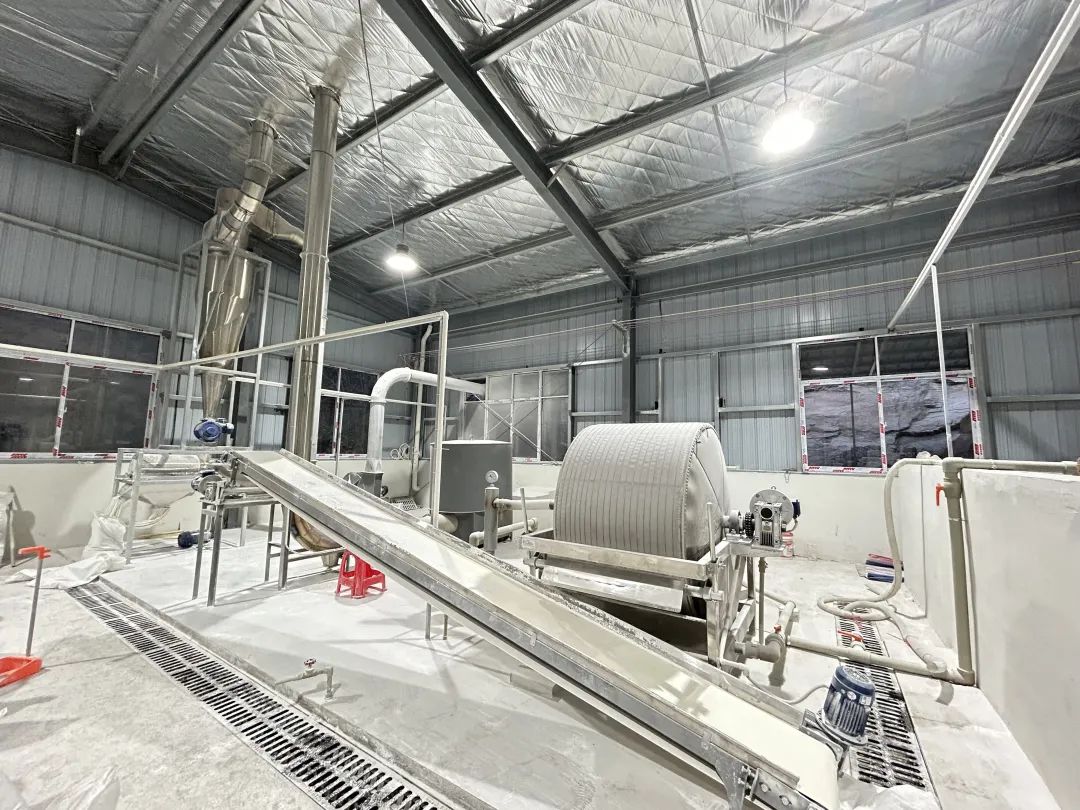
Starch Processing Equipment Separation
This method is especially suitable for enterprises with large production volume. The high-volume starch production line is split into two lines running simultaneously, such as splitting the production line of 8 tons per hour into two lines with processing capacity of4 tons per hour.
The advantage of doing this is that if one equipment fails and stops production, there is another line that can operate normally, reducing economic losses.
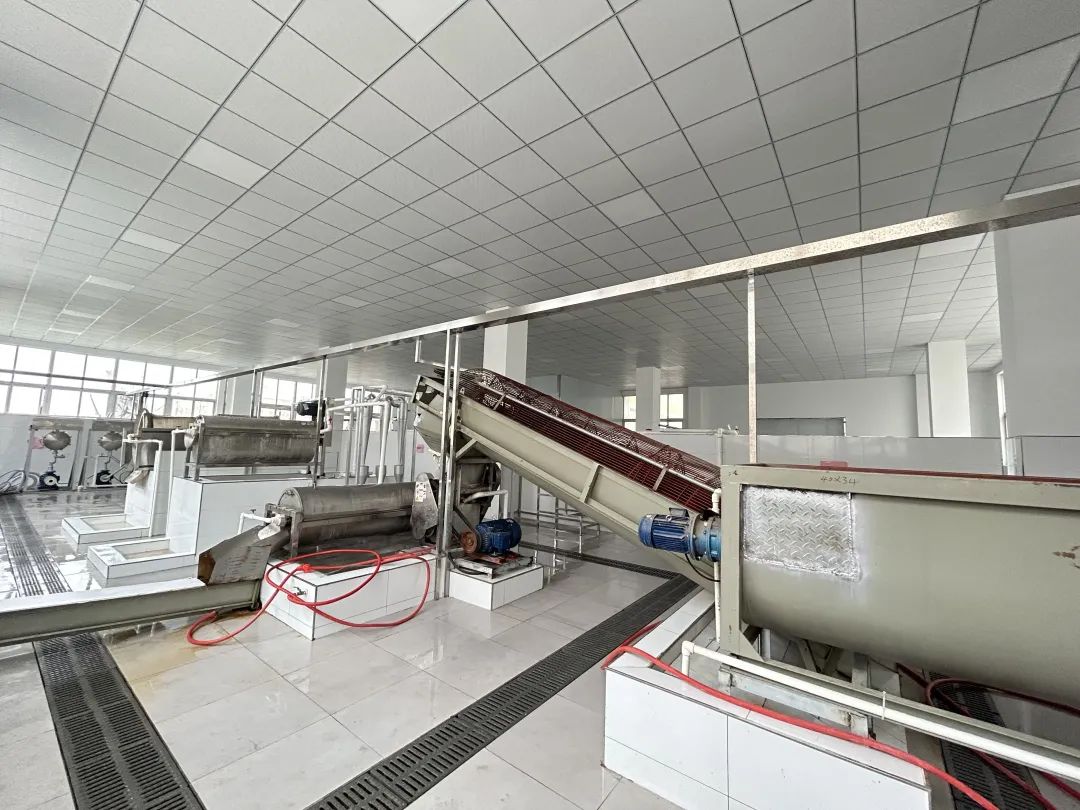
The actual processing and cleaning environment of starch processing for potatoes is relatively poor. The newly received raw materials often contain numerous hard impurities such as stones, soil, woven bags, vines, and weeds. When these impurities are fed into the equipment, it can lead to non-fault-related downtime, typically requiring 20-30 minutes to resolve. At this point, the benefits of decentralized processing are evident.
Of course, if you encounter a difficult problem that cannot be solved, please contact us as soon as possible to avoid turning small problems into big ones and causing greater losses.

 EN
EN
 fr
fr  es
es  it
it  pt
pt 